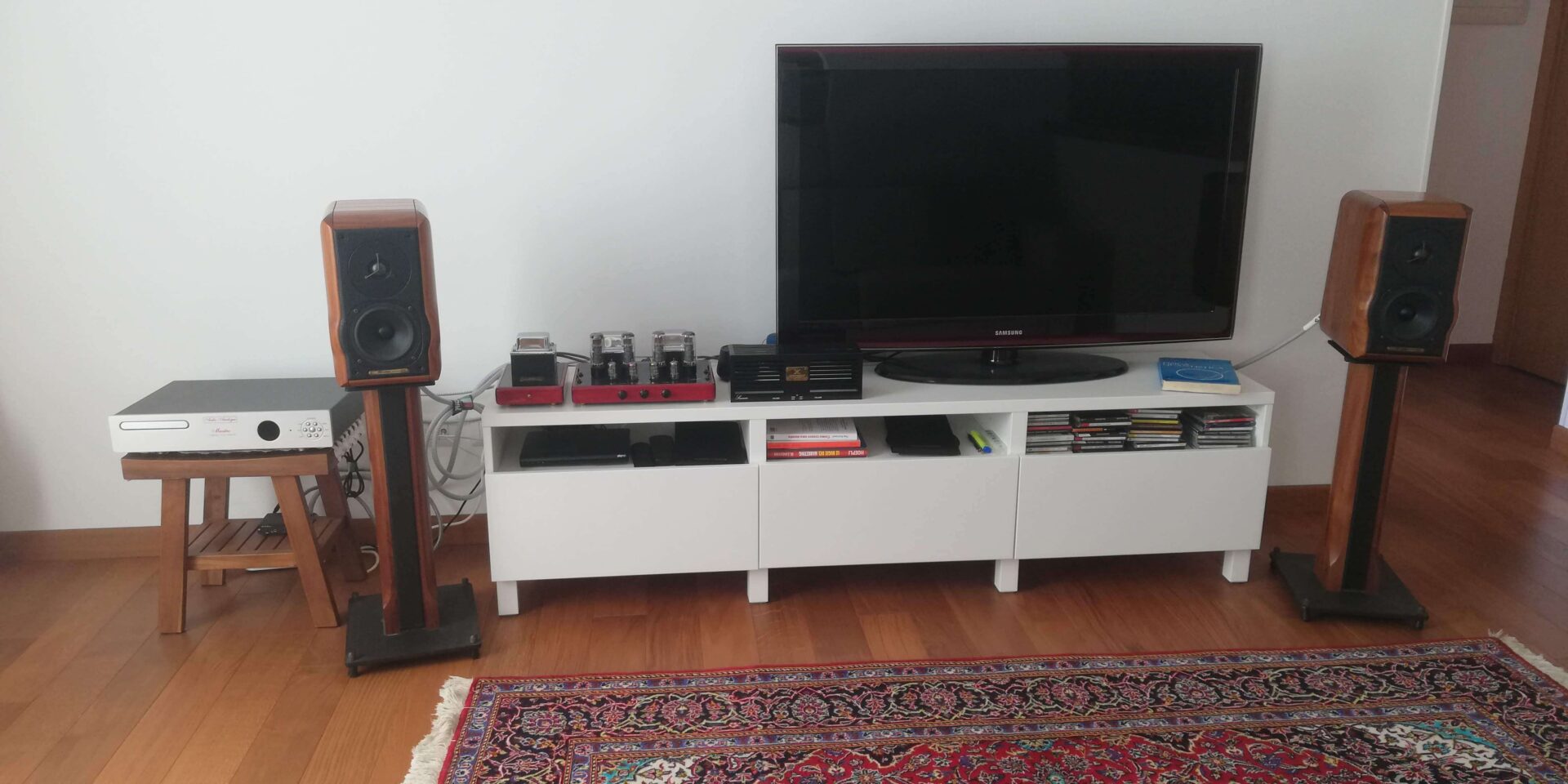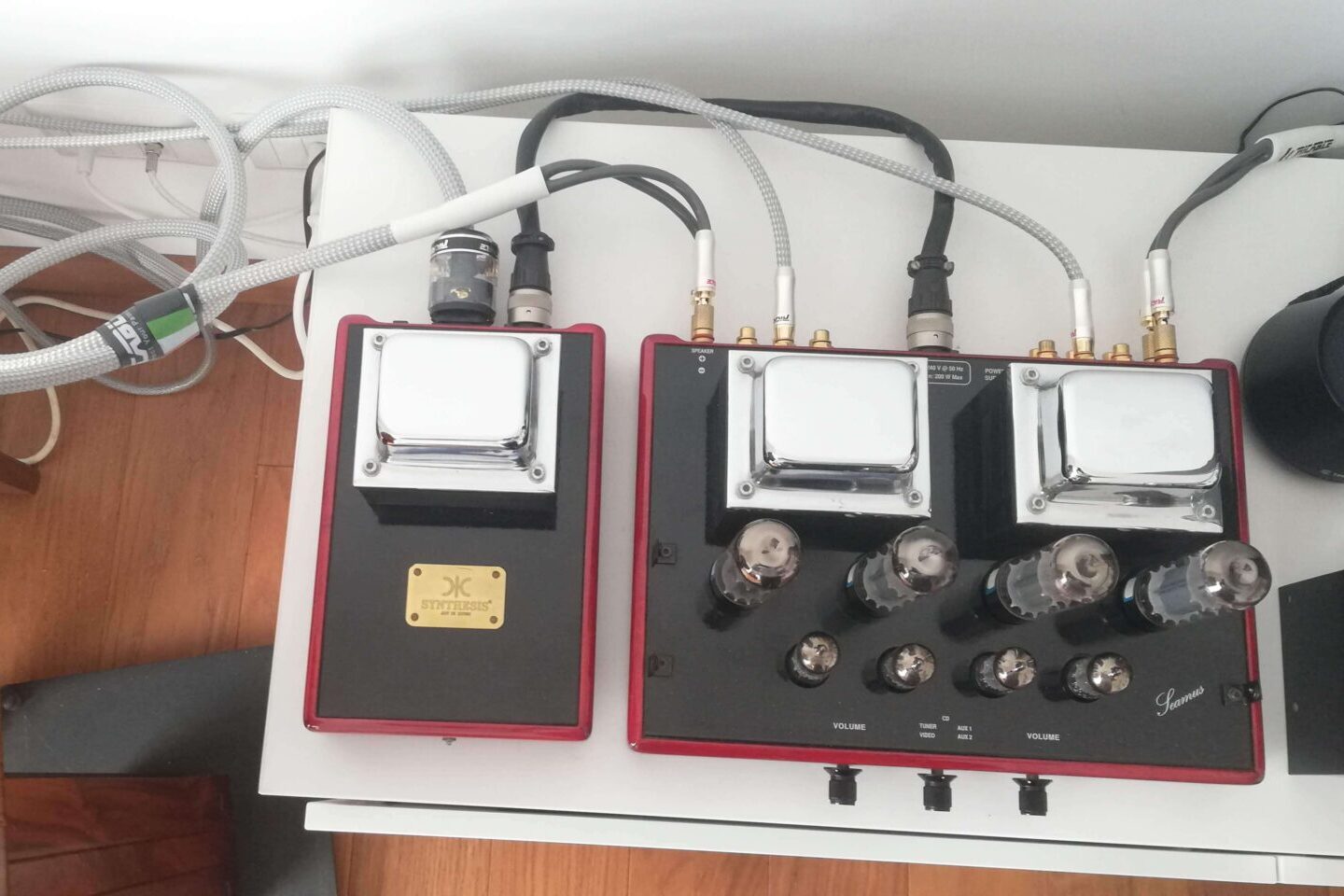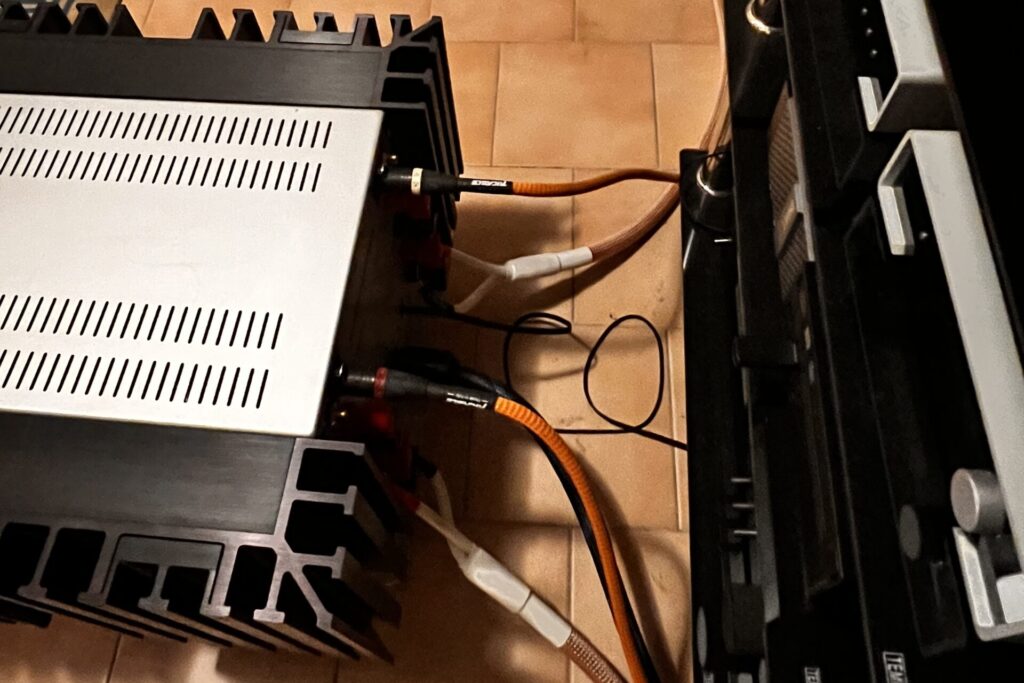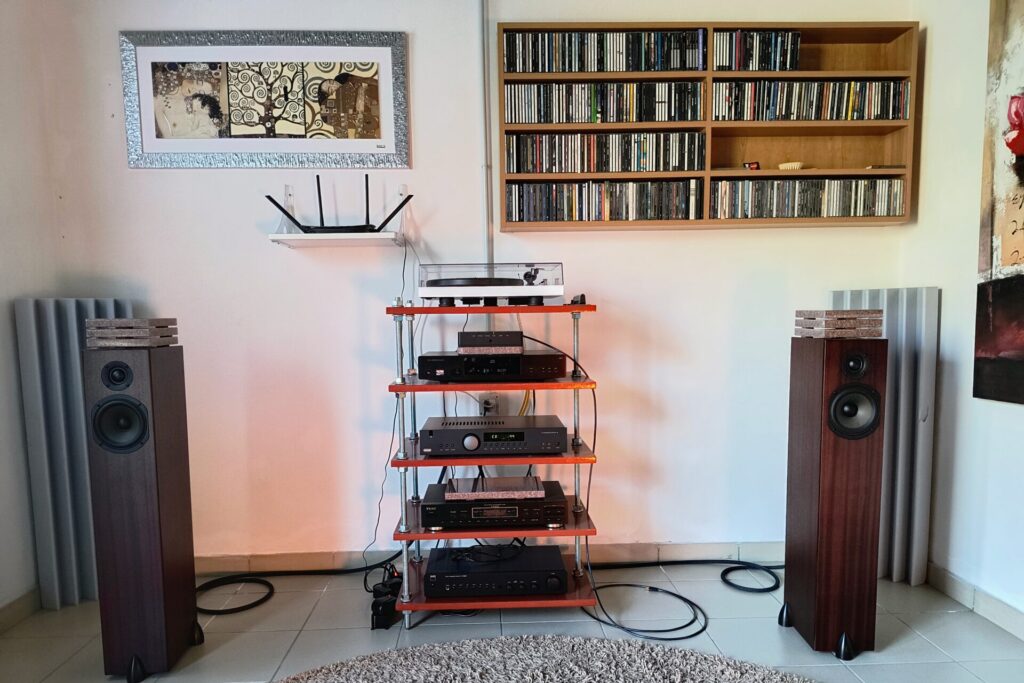I was looking for a complete kit for the player-ampli-speaker chain that was good value for money and could replace my very old and anonymous cables. So I read many reviews including those of well-known and emblazoned cables. Then I came across Ricable products and was intrigued by the many positive reviews and competitive cost.
So I decided to try the entry level, Primus series, if it went bad I could recycle them on the second system I use for the house in the hills.


and aesthetics of the product?
As soon as I opened the packages, I was very impressed by the pleasant, tasteful aesthetics of the cables and the handling, which gave a soft feel despite the ruggedness. In short, these are cables that immediately met with my favor from both an exterior and manual standpoint. I consider the product among those most in tune with my aesthetic taste.
For the listening test, I used 3 CDs that I consider true acoustic quality benchmarks for evaluating the Hi-Fi components I listen to and select:
- This One's for Blanton!, Pablo Records 1975 ed. Gold, AAD - is the gold edition of the record recorded in 1975 by Duke Ellington on piano with Ray Brown on double bass;
- Ella Fitzgerald & Louis Armstrong for Lovers, The Verve Music 2005 - wonderful recording of the Verve engineers, Armstrong's and Fitzgerald's voices over the musical fabric created by the magic of Oscar Peterson (piano), Ray Brown (double bass), Herb Hellis (guitar), Buddy Rich (drums) and others;
- Thus Spoke Zarathustra, Karajan, Decca Legends, ADD - is a gem of a 1959 recording with perfect equalization, remastered 96 kHz 24 bit tape for Decca's Legends series.
The first disc allows us to analyze the presence, amplitude and naturalness in the reproduction of two fundamental instruments such as piano and acoustic double bass covering the low and mid frequency spectrum.
The second disc adds the full midrange of the voice, over an intense rhythmic base and the low and high frequency spectrum of wind instruments, guitar, etc.
The third disc completes the listening with the dynamics of crescendos, forte, fortissimo, and incalzare of instruments, covering the entire audio frequency spectrum.


listening impressions?
I chose the first track from the gold Decca CD, Do Nothing till You Hear from Me; the incipit is made up of a few bars and responses between piano and double bass which is followed by tight phrasing between the two who never give each other a break. Well, the first thing I notice is the cleanliness, the clarity of the piano and the robust tone, the vigor of the double bass. The separation of the instruments is perfect and their texture precise, millimetric. The breadth of the piano's seven octaves, Duke uses them all, and the sound front is wide and clear across all octaves. The soundstage is slightly limited, but it is only two instruments. The first rehearsal is excellent.
For the second track I choose Cheek to Che ek from the Verve CD to probe the midrange of the vocals well. Satchmo's vocals are superb, Peterson's piano a bit muffled and the instruments in the background, but that's just the way the recording is. The voices are always in the foreground beautifully toned and soft, never edgy, the instrumental fabric precise and full. The midrange is excellent.
Then, with some reverential awe, I venture to put on the incipit of the work that accompanied Kubrick's film 2001: A Space Odyssey. On the C of the organ and double basses, natural harmonics develop that the trumpets bring to the C major chord, sharp precise and clear. The timpani create a particularly intense and tense atmosphere. The sound is precise and present, soft and intense. The scene would like a little more breadth, instead it remains a little narrow, but each instrument still finds its place and separation, even when the strings press in loudly, enhanced by the woodwinds and timpani, before introducing the song of the clarinet accompanied by the violins. The whole scene is precise and clear, suffering only from a little more width as already noted with Ellington and Brown's two instruments.
Your conclusions.
Satisfied with the purchase made, mainly because of the clean sound, the precision of the instruments and the homogeneity of the frequency response, quite linear in the mid-high range, a little less so in the low range. Not completely satisfied with the sound width. I need to better understand whether a possible upgrade on the "cables" component is able to expand the soundstage and the sound amplitude more, or whether I need to concern other components of the Hi-Fi chain.

















